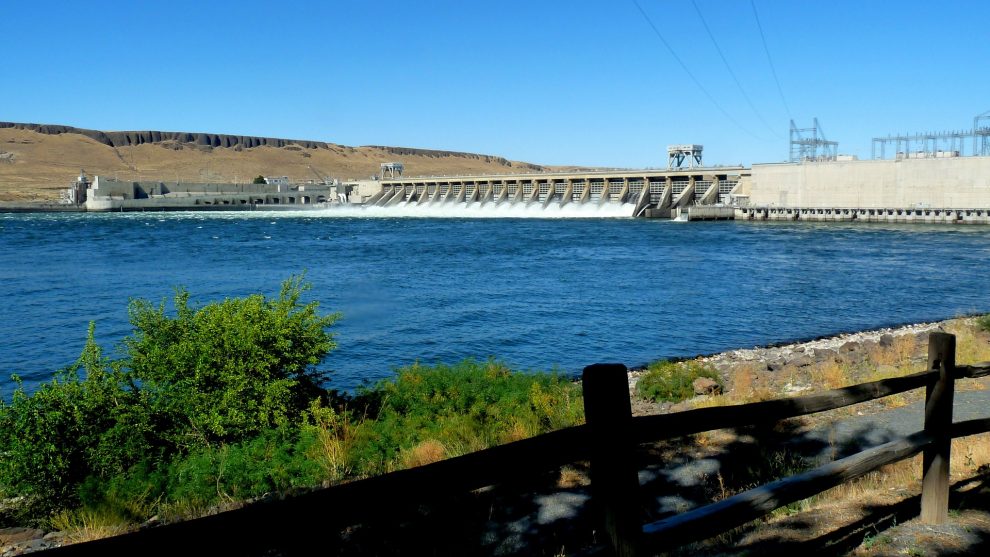India had set a target to set up 175 GW of renewable energy capacity by 2022, and 225 GW of RE capacities if small hydro was taken into consideration
The National Hydro Power Corporation (NHPC), a mini Ratna company, has successfully conducted the reverse auction of 2000 MW solar energy tender on April 19, 2020. The company has also raised Rs.750 crore through private bonds that were oversubscribed 3.87 times. The entity intends to use a big part of this money raised to build its solar project portfolio. So far the entity has been instrumental in developing hydro power projects across India.
With NHPC venturing into the solar energy ecosystem, it becomes a player in the renewable sector in the country. While small hydro has already been classified under renewable energy sources the question remains as to whether hydropower should fall under the jurisdiction of the MNRE (Ministry of New and Renewable Energy).
This apart, energy storage technology is a key component of any clean energy system, be it electricity or mobility. Since storage is such a crucial part of the journey of propagation of renewable energy in the country, it only makes sense that a special allocation be made to enlist energy storage under the scrutiny of the MNRE. There have been some amendments that have been made recently to the electricity act wherein Hydro Power Obligation (HPO) has been made mandatory. These guidelines specify that utilities are supposed to procure power from hydropower sources. With a myriad of clean energy sources being advocated and operating in the country, it is imperative that all these sources are overseen by a single nodal body. In order to sort out various issues of renewable energy developers and address related concerns, it will be useful if hydropower fall under the jurisdiction of the MNRE.
The country’s renewable energy capacity has been growing with wind and solar installations having each crossed the 30 GW capacity mark. Other sources such as hydropower, waste-to-energy, and so on have also been added, albeit, in small measures. Keeping in line with the Paris agreement, India had set a target to set up 175 GW of renewable energy capacity by 2022, and 225 GW of RE capacity if small hydro was taken into consideration.
The country also recently extended this target to 450 GW of renewable energy capacity to be established by the year 2030. This along with establishing the ISA (International Solar Alliance), making numerous policy changes in clean energy and developing distributed solar and off-grid ventures for rural electrification, have raised India to become a key contributor to the global clean energy transition.
However, fortunately or unfortunately, the pandemic hit the world hard, and India along with most economies around the world, has not escaped brutal scathing of its economic growth. To curb the proliferation of the virus, the Indian government imposed a lockdown starting in the last week of March this year. The lockdown is only now easing out with many states having planned a staggered exit from the quarantine. However, the economy has not opened out fully as yet, and globally many countries, especially the US, are writhing under the devastation caused by COVID across states. If things ease out by June, then the economy can witness a faster recovery. However, if not, the next two quarters will continue to see sluggish growth and the renewable industry will not be an exception to this rule.
However, on the plus side, India’s global rankings for Ease of Doing business have improved drastically over the last six years. Prime Minister Modi has stated that Minimum Government and Maximum Governance are important for a successful government. Bringing Hydroelectricity and storage under a common MNRE umbrella will make it easy to supervise and solve the various issues plaguing the renewable sector in the country. To be blatant, the sector is still policy driven, and unless it becomes a profit driven market it cannot be stated that renewables are a lucrative business in the Indian ecosystem.














Add Comment